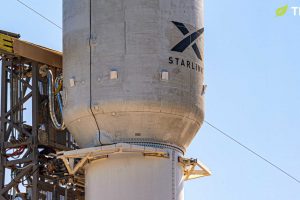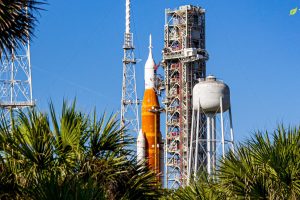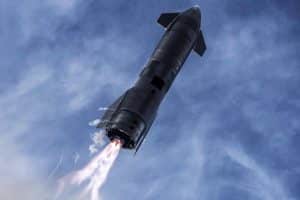For at least the second time in 2021, unspecified issues with a US military payload have delayed SpaceX’s next Falcon Heavy launch, this time pushing the mission into next year.
Known as USSF-44 (formerly AFSPC-44), the US Air Force (now Space Force) contracted a SpaceX Falcon Heavy rocket in February 2019 to launch the classified payload for roughly $150M in fiscal year 2021 (no earlier than Q4 2020). Gradually, USSF-44 slipped without explanation to Q2 2021, at which point SpaceX had fully qualified and delivered all three new Falcon Heavy boosters and an expendable upper stage for the mission. After two more slips to July and October 2021, a US military official finally offered the first hint of an explanation for what now amounted to a full year of delays, explaining that USSF-44 had been pushed into Q4 “to accommodate payload readiness.”
Translated from US military doublespeak and euphemism, the manufacturer (likely Lockheed Martin, Northrop Grumman, or Boeing) building USSF-44’s classified payload(s) ran into or create issues that caused at least 3-6 months of delays. Now, per official comments obtained from a Space Force spokesperson by Spaceflight Now, USSF-44 has again been delayed several months “to accommodate payload readiness,” pushing Falcon Heavy’s fourth launch ever from October 2021 to no earlier than (NET) Q1 2022.
USSF-44’s latest delay means that SpaceX is now likely to go a full 30 months between Falcon Heavy flights after completing the rocket’s third and most recent launch in June 2019. The slip to “early 2022” also leaves the company with an extremely ambitious launch manifest in the first half of 2022. Barring one or several significant delays, which now seems like the most plausible outcome, SpaceX has four major Falcon Heavy missions – USSF-44, USSF-52, ViaSat-3, and NASA’s Psyche probe – scheduled to launch set to launch by August, with three of the four scheduled in H1 2022. A fifth mission – USSF-67 – is scheduled to launch in Q4 2022 and likely on another Falcon Heavy rocket, though the US military has yet to specify the Falcon variant.
Further, requiring the use of the same Kennedy Space Center (KSC) LC-39A pad, SpaceX also has at least six Crew and Cargo Dragon launches scheduled in February (Ax-1), April (Crew-4), May (CRS-25), Q3 (Ax-2), September (CRS-26), and October 2022 (Crew-5). In other words, in Dragon and Falcon Heavy missions alone, SpaceX already has 10-11 launches scheduled in 2022 – all of which require the use of Pad 39A. If SpaceX manages to pull that off on top of a myriad of other commercial and Starlink launches scheduled next year, it will be a feat to remember.
Barring additional delays, USSF-44 will be SpaceX’s first direct launch to geostationary orbit (GEO), requiring the Falcon upper stage to survive a multi-hour coast through and inside two radiation belts before reigniting for a circularization burn some 35,800 km (22,300 mi) above Earth’s surface. However, a rideshare payload transferred to SpaceX’s ViaSat-3 communications satellite launch recently revealed that SpaceX also intends to send those payloads directly to GEO in Q2 2022, meaning that another few months could force the company to leapfrog USSF-44.
For now, fans of the most powerful operational rocket in the world will have to wait at least another three months for its next launch.





